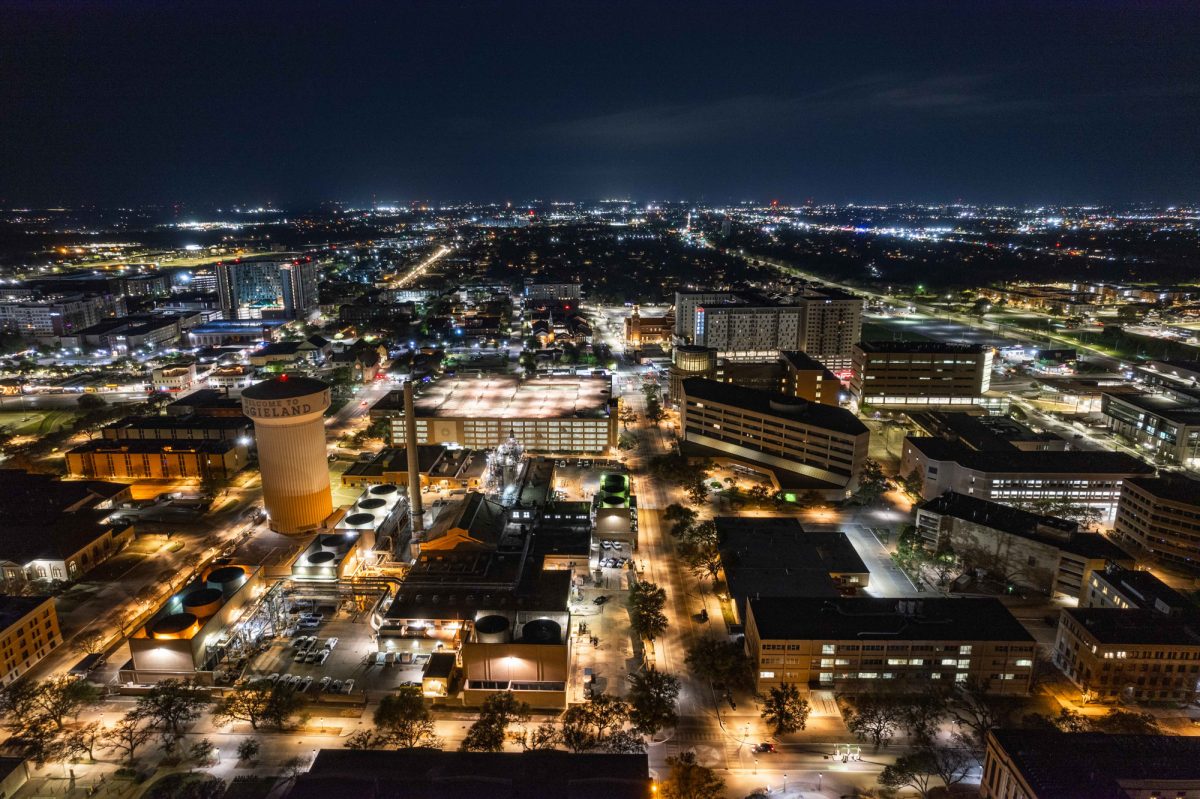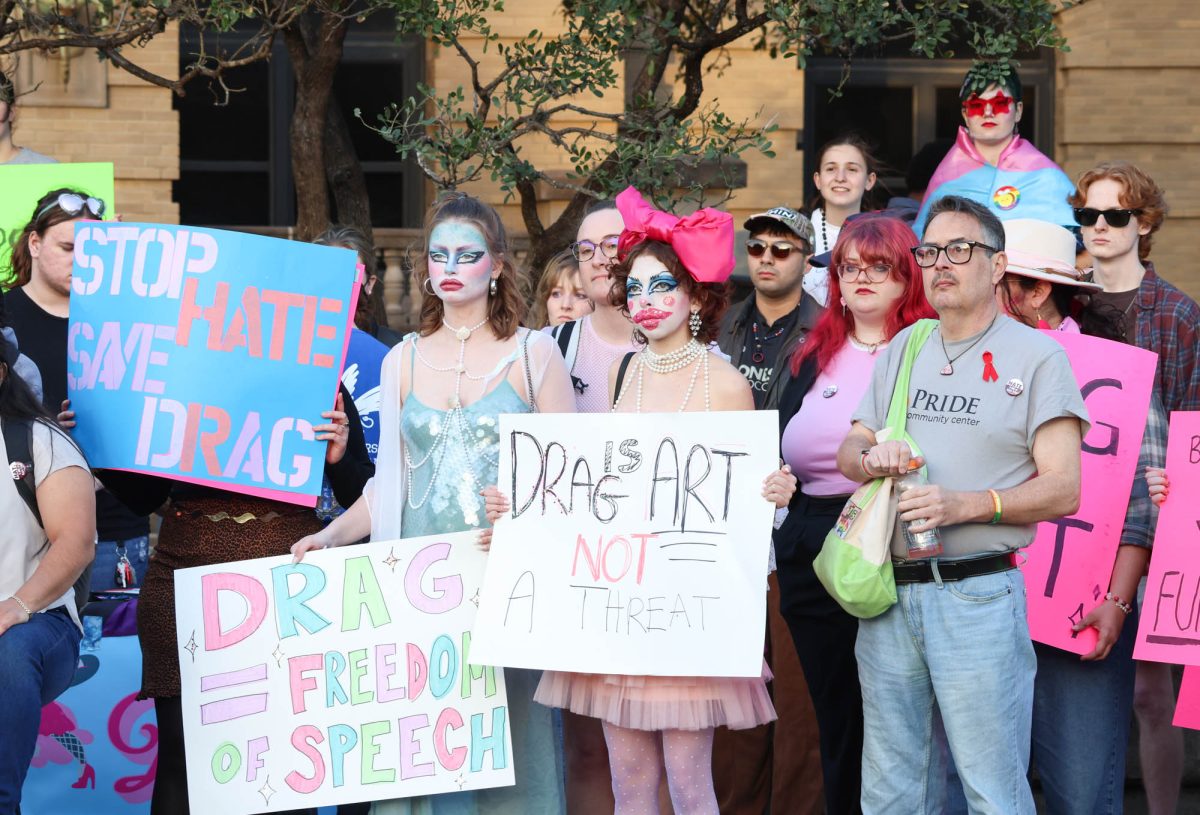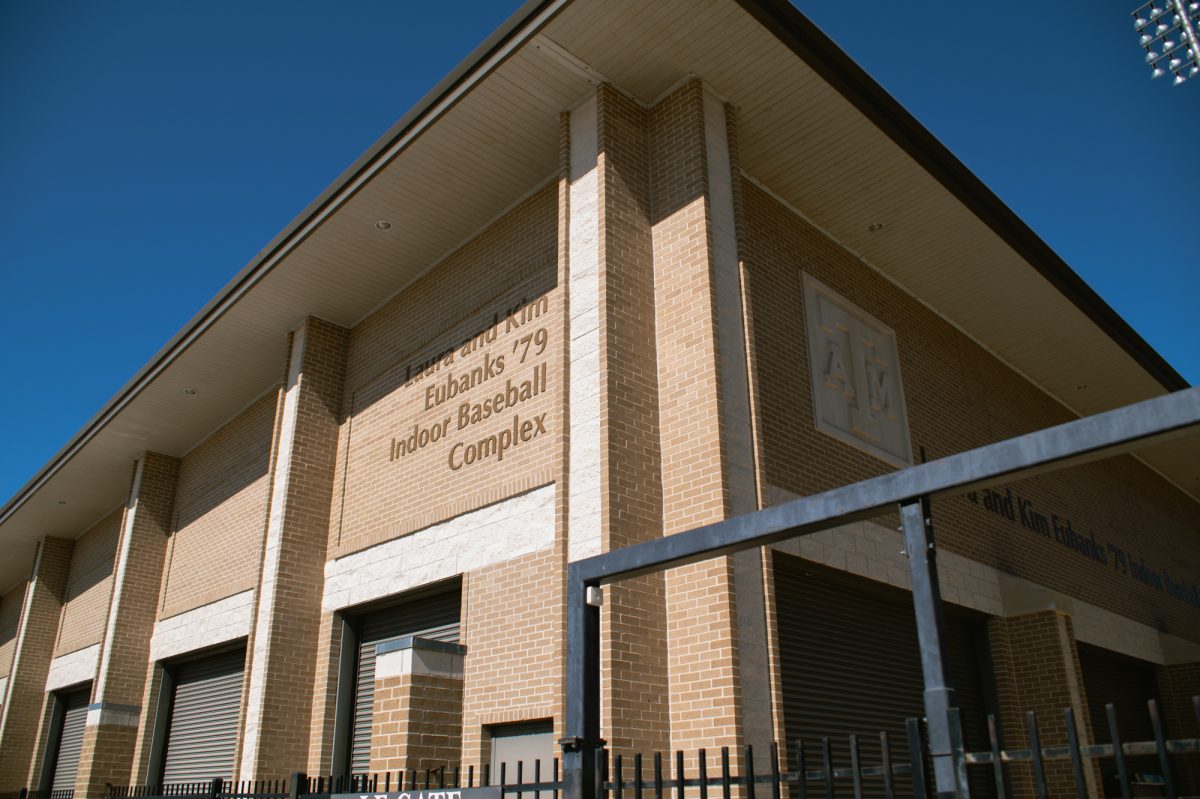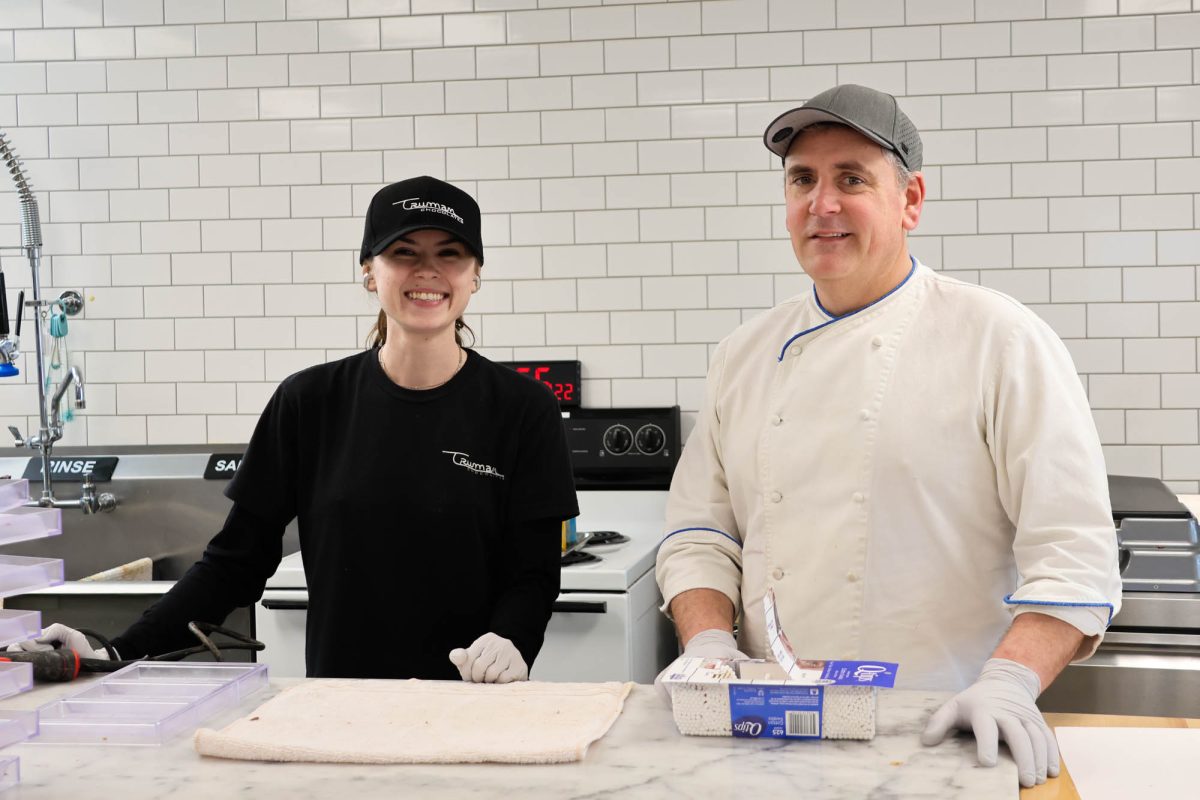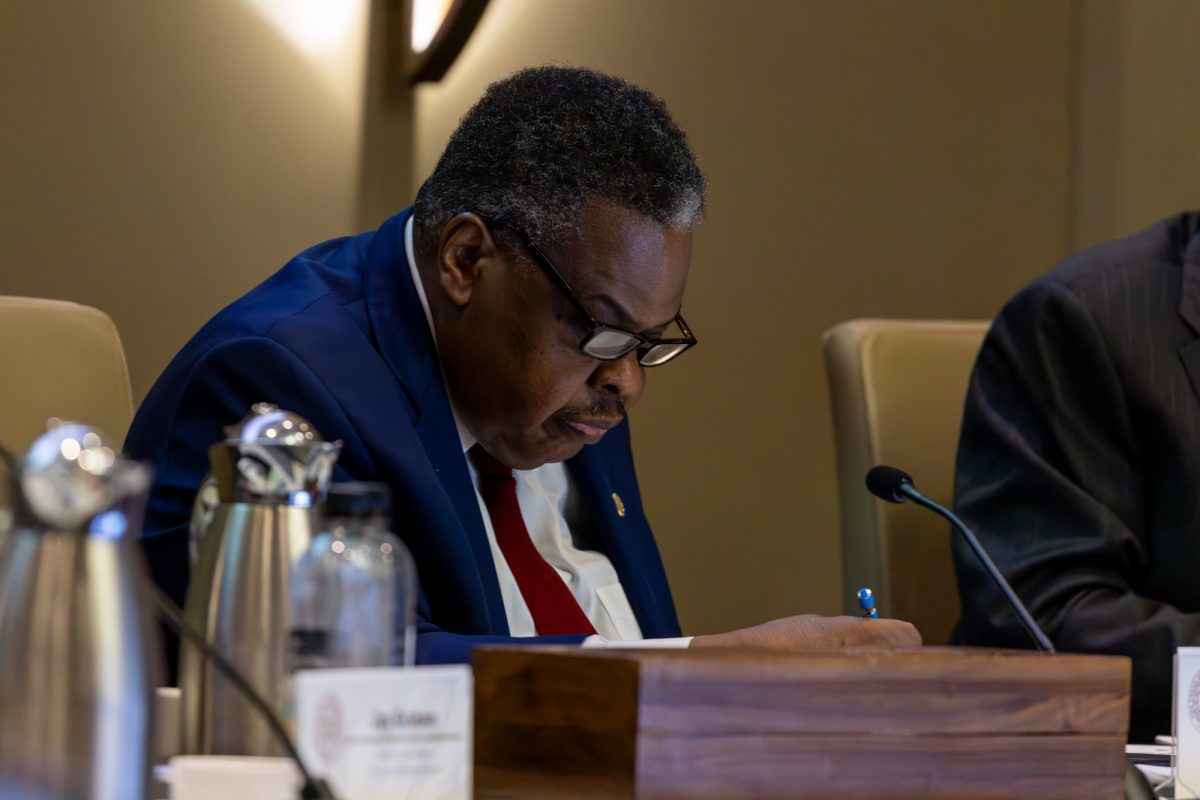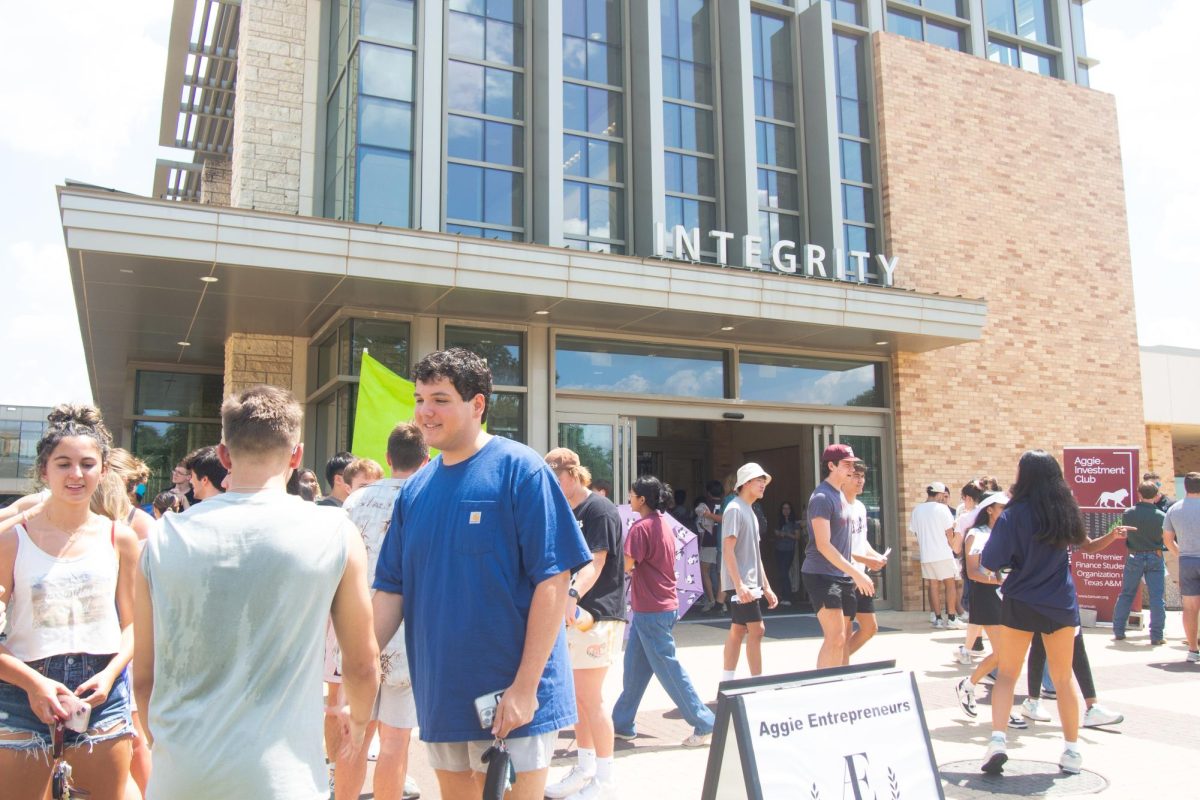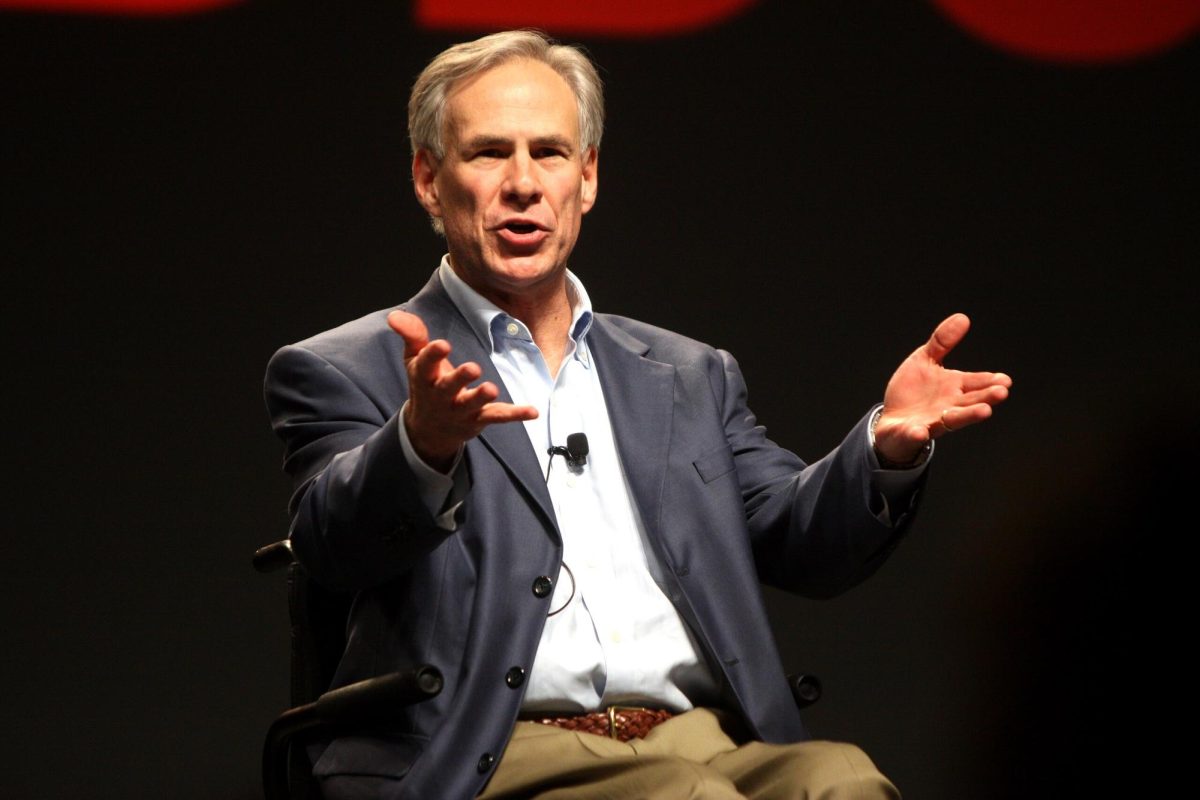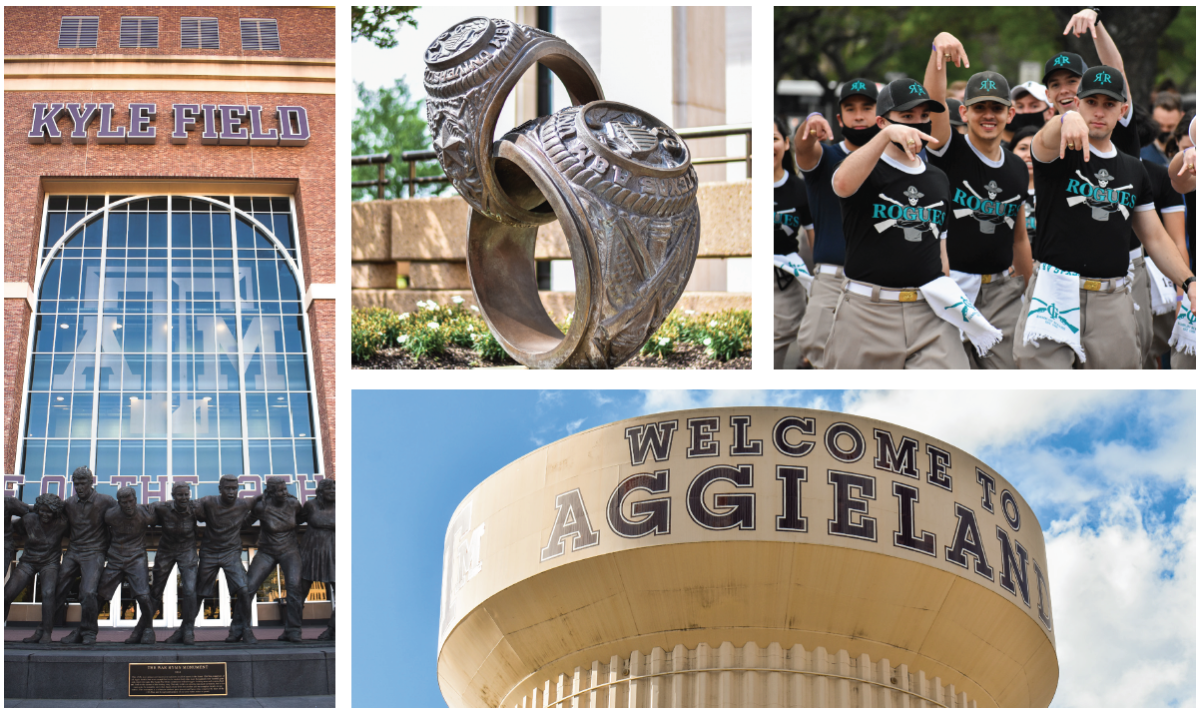A capacity report released by Texas A&M in August revealed that a strained and understaffed campus faces unprecedented enrollment, recommending the university pause undergraduate growth for the next five years.
Headed by Joseph Pettibon II — A&M’s vice president of planning, assessment and strategy — the report summarizes the findings of a committee, which recommends increasing on-campus dining locations, housing, study spaces and parking. These recommendations follow the growth of the student population by 18,000 over the past ten years.
“This capacity study was a part of what the president calls ‘science projects’ … looking at enrollment growths at the university,” Pettibon said. “What we recommended obviously is holding the growth of undergraduates, but that growth means that we are still admitting and enrolling one of the largest freshmen classes in the country.”
A model showing undergraduate enrollment predicts 69,513 undergraduates will be enrolled at A&M by the fall of 2029, up from around 57,047 in the fall of 2023, if growth continues unhindered. The committee recommends reducing the number of first-time entering freshmen to 11,750 and transfers to 3,250, a plan the model estimates would result in 56,827 undergraduates at A&M by 2029.
“Any decrease in undergraduates within a college should be offset by graduate student growth within that same college,” the report reads.
The first-year growth would allow the university to plan for the next ten years.
President Mark Welsh III said he would commission the report at his 2023 State of the University address, where he questioned the university’s continued growth.
“There are so many stressors here on campus that have to do with growth,” Welsh said in his 2023 address. “How big are we going to get? Are we going to 150,000 [students]? Stop at 80[,000]? We don’t know. All of us have to deal with this. We need an answer.”
Other information from the report mentions:
- Over 30% of A&M’s bus fleet is older than the incoming freshman class. The proposal recommends adding 9-10 buses at a cost between $5.85M and $7.65M.
- A priority recommendation is to explore the option of satellite clinics and increase the Student Health Center fee.
- Increasing the academic advising budget for the Colleges of Arts & Sciences, Business, and Engineering to reduce the undergraduate student-to-advisor ratio below 300 to 1.
- Using aggressive retention strategies of current faculty with $3-5M annually in a university research renewal fund, matched by colleges to mitigate the loss of about 50 faculty each year to other institutions.
- Ensuring more on-campus housing options by increasing the number of beds by 2,500.
- Adding 28,000 feet of space to the West Campus Dining Center.
Pettibon said alongside enrollment, they’re looking at the quality of the resources students use to ensure they aren’t overwhelmed, including academic advising, the Career Center and Disability Resources.
“I think the university will continue to try and move the needle to the benefit of our students,” Pettibon said. “Making sure we have not just the numbers but also the quality.”
The report is mainly oriented toward the future, but efforts already exist to address the current demands of the student body. The Class of 2028 had limited acceptances to slow growth in Bryan and College Station, and transfers in the fall of 2024 have been limited, according to the report.
“The university, in preparation of the FY25 budget, made a number of resource allocations … first and foremost was the merit program,” Pettibon said. “Allocation of additional resources to some of those front-line offices, including academic advising, disability resources and several other offices to try and address the immediate staffing needs.”
The report recommends that online, graduate and international growth continue at the current rate while allowing the College Station campus to grow and adjust for future enrollment. Many recommendations focus on the West Campus, where enrollment has outpaced development.
“There’s a lot of things in that report that are going to be able to be done … I would anticipate you would see some additional development on West Campus — to include housing, dining, probably some additional academic spaces,” Pettibon said.
The report also hypothesized tapping Elon Musk’s Boring Company to build an underground public transportation system circulating from the Polo Road Garage Area to White Creek apartments — a potential initiative costing $250-350 million that would be named “The Aggie Loop.”
According to the report, the loop would be an “all-electric, zero emissions, underground public transportation system” that would take three years to construct.
In an Aug. 26 memo, Welsh called for student and community feedback on the report. The form will remain open until Sept. 17, when it will be closed for review. Other forms and feedback requests can be found on the site as well.
“What we will do when that date passes … we will submit a final report with all the recommendations to the president,” Pettibon said. “I would anticipate by late September, early October, we would have a final recommendation to the president, and he would make decisions based on that.”
With many of the recommendations calling for reductions in acceptances, Pettibon was adamant that A&M would continue to serve existing students while also welcoming the largest incoming class in Texas with state-of-the-art facilities.
“Will it get more competitive over the next five years?” Pettibon said. “Yes, probably. Will it mean that we’re still going to have a freshman class that’s above 10,000? Yes, I think that’s true.”




